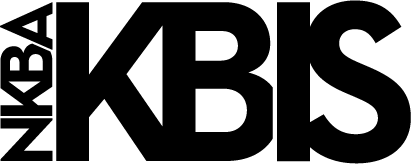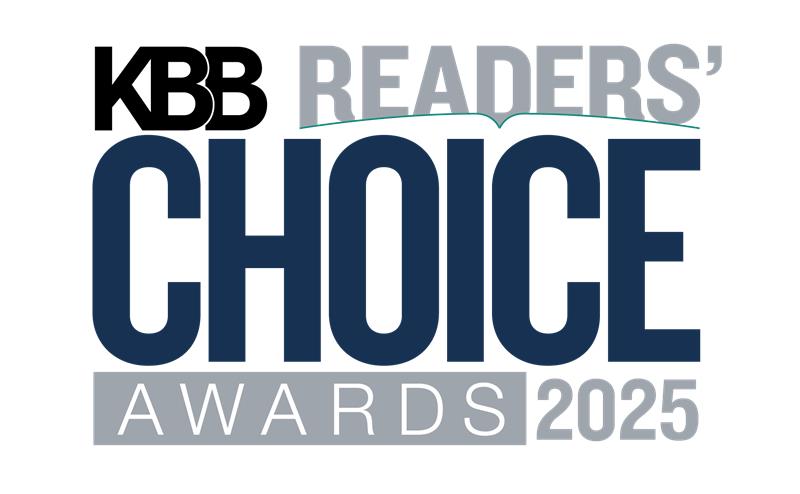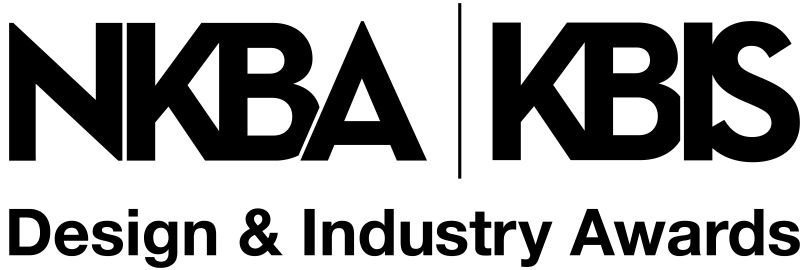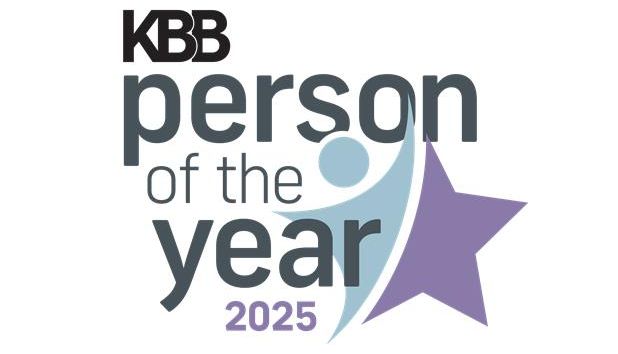Home renovation spend has grown 15 percent in the last year to a median $15,000, according to the tenth annual Houzz & Home survey of more than 70,000 U.S. respondents. Higher budget projects (with the top 10 percent of project spend) saw an increase from $85,000 or more in 2020, compared with $80,000 in the two years prior. Kitchen projects are the most popular among renovating homeowners, and while median spend has been flat on these projects for the past three years, investment on major remodels* of large kitchens jumped 14 percent to $40,000 in 2020 compared with $35,000 in 2019. The study also found that the busy renovation market will continue in 2021, with 56 percent of homeowners planning to renovate this year, the highest share since 2017 (52 percent).
“While the pandemic caused initial concern for the residential renovation industry, many homeowners finally had the time and financial means to move forward with long awaited projects in the past year,” said Marine Sargsyan, Houzz senior economist. “This pent up demand, along with other long-standing market fundamentals such as accumulated equity, will empower homeowners to continue investing in their current homes rather than face skyrocketing prices in the housing market.”
With homeowners home-bound due to the pandemic, the share who reported that they had wanted to pursue a home renovation all along and finally had the time increased by six percentage points in 2020 (44 percent versus 38 percent in 2019), and remains the top renovation trigger. Wanting to do it all along and finally having the financial means also rose (as reported by 36 percent of homeowners compared with 34 percent in 2019). A quarter of homeowners claimed to have renovated instead of moving to find a home that fit their needs because it was the more affordable option (25 percent). Surprisingly, remodeling to adapt to recent changes in lifestyle only increased by two percentage points in 2020 from 2019 (18 percent versus 16 percent in 2019).
While cash remains the leading form of payment for home renovations (83 percent), the share of homeowners opting to finance their projects with credit cards fell significantly to 29 percent (from 37 percent in 2019). Tax refunds gained popularity among renovating homeowners in 2020 (10 percent), especially when funding small projects up to $5,000.
Gen Xers Step Up Spend
While Baby Boomers (ages 55-74) have historically led in both renovation activity and spend, Gen Xers (ages 40-54) narrowed the gap in 2020. Median spend for Baby Boomers, who represent 52 percent of renovating homeowners (down from 55 percent in 2019), remained flat at $15,000. Gen Xers now account for 32 percent of renovating homeowners (up from 30 percent in 2019) and increased their median spend to $14,000 (from $12,000 in 2019). That said, the top 10 percent of both generations increased their investment in 2020, but Baby Boomers did so at a more significant rate (from $80,000 to $90,000 versus $82,000 to $85,000 among GenXers). Median spend among Millennials (ages 25-39), who represent 12 percent of renovating homeowners, remained unchanged in 2020 ($10,000), with the top 10 percent investing $65,000.
Outdoor Projects Heat Up
While interior room remodels remain the most common projects (68 percent), outdoor areas have increased in popularity since 2018, with 2020 showing a jump of six percentage points (57 percent) among renovating homeowners. Improvements to outdoor spaces were directed towards the grounds with beds or borders and lawns seeing significant growth in popularity (35 and 20 percent, respectively). Exterior upgrades, such as decks and porches or balconies also increased in popularity in 2020 (14 and 12 percent, respectively), with homeowners investing 25 percent more in deck and porch upgrades ($2,500 and $1,500, respectively) compared with 2019.
Smaller Spaces See Higher Home Renovation Spending
Homeowners are investing in smaller areas that may once have been considered a luxury and are now a necessity. Demand for home office projects jumped four percentage points (14 percent) and were 10 percent more expensive in 2020 ($1,100). Median spend on closet upgrades also saw a significant jump of 43 percent to $1,000.
Homes Get Smarter
Smart home technology purchases continue to rise in popularity, with streaming-media players and TVs experiencing the greatest increases (14 and 12 percent, respectively) compared with 2019 (10 and seven percent, respectively). A larger share of renovating homeowners purchased smart technology products for their outdoor spaces than the previous year including, security cameras, light fixtures and speakers or sound systems (19, seven and three percent, respectively).
Homeowners Hire More Than One Pro for Help
Nearly seven in eight homeowners hired professional help for their renovations in 2020 (87 percent), typically engaging more than one professional per project. Among professionals hired, specialty service providers were the most common (49 percent), followed by construction and design-related professionals (36 and 18 percent, respectively).
San Jose Increasingly Outspends the Pack
San Jose, California leads the list of top 10 metropolitan areas with the highest median spend on renovations in 2020 ($30,000). While San Jose has maintained this top position since 2017, homeowners there are increasing their renovation spend, widening the gap between the number one and number two positions in 2019 and 2020 (from $5,000 to more than $8,000). Homeowners in California and Florida — San Francisco ($21,250), Los Angeles ($20,500), San Diego ($20,000) and Miami ($20,000) — made up the list of top five by renovation spend in 2020.









